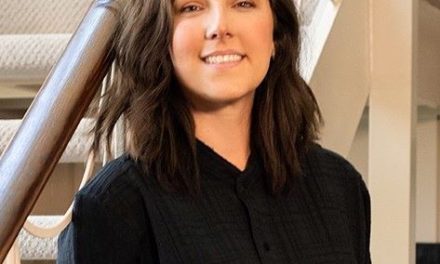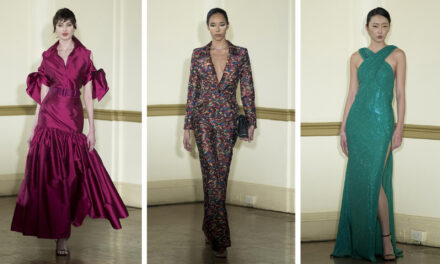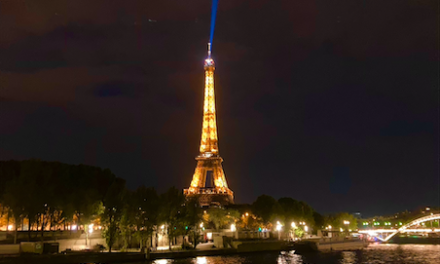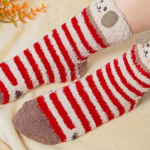Hitting hard in 2019 for the first time since the 90s, tie-dye print has been one of the most desirable prints in womenswear over the last two years, ranking in the top 10 most searched prints and patterns in women’s wear, according to the fashion search engine, Tagwalk.
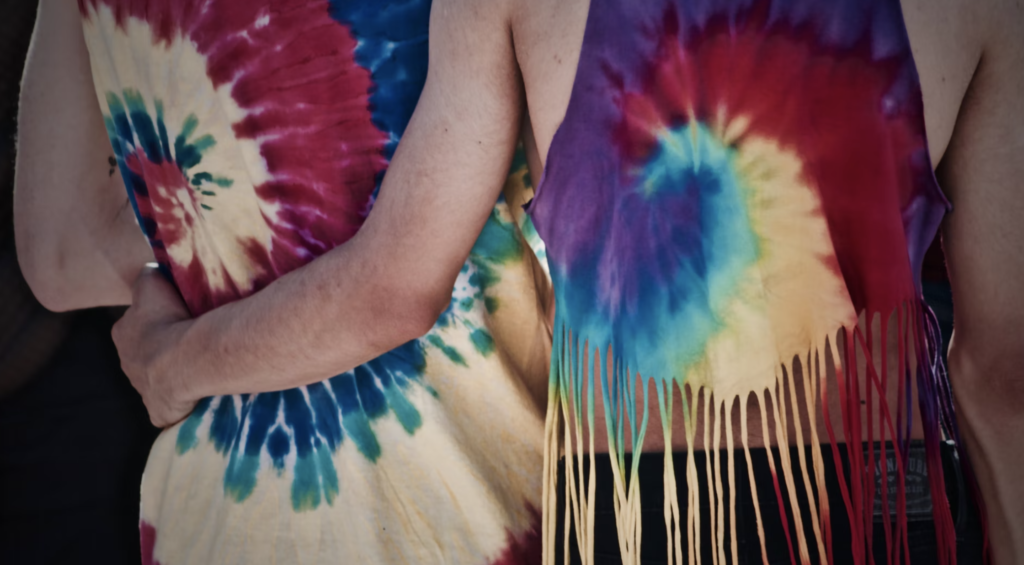
Reminiscent of the 90s, and for some, the Californian 60s and 70s, tie-dye seems like a trend born out of modern life. However, this print-making method dates as early as 3000 BC in Japan, India, and Egypt.
In Japan, the earliest method of dyeing like this is an ancient technique called Shibori, in which there are at least six known variations. Shibori, which translates to ‘wring’ or ‘squeeze’ in English, uses threads to create the mixed dye patterns on traditional garments. In India, the technique is named Bandhani and uses a pinhole dye-spreading method that dates back 5000 years ago in the Rajastan and Gujarat states. Today, traditionally, Indian brides still wear a Bandhani saree for good fortune.
In Egypt, some of the earliest evidence of tie-dyeing, known as resist-dyeing, used blood and ashes to dye mummy wrappings.
African tie-dye was a celebration of the tie-dye technique. Although the timeline is unclear, tie-dye patterns have appeared in traditional and fashionable African dress, particularly in West African countries. Unlike the muted, darker colors of Asian tye-die, African tie-dye featured bright and bold colors, and the method used—winding strips of grass on the cloth to separate the colors—results in wild, vibrant color combinations and patterns.
Fast forward to modern times, the 60s explosion of freedom, rights, and recreational drugs led to psychedelic trends in fashion. Often seen as a hippie style, even up until the late 90s, modern tie-dye in synthetic rainbow colors found its place during those years of societal change.
However, there’s something cuter and more sophisticated about it now. The tie-dye color palettes of the 2020s are presenting more relaxed pastels and edgier darker shades, and it seems this eclectic, inky print is headed on another trip around the sun. With ‘dopamine dressing’ trending and brands such as Loewe, Off-White, Louis Vuitton, and Dior featuring looks incorporating the print in 2021 and 2022 fashion weeks, it’s now trickled into almost every high street brand,offering tie-dye in everything from denim to bucket hats.

If you’d like to have a go at home, it’s super easy to do. As a kid, I remember many fun Saturday afternoons, standing at the sink in my mom and dad’s kitchen tying rubber bands around a cheap t-shirt and then covering it in the different colored paints. Here’s how you can try it too:
- Get a neutral-colored garment and soak with tap water.
- Squeeze it out until the fabric feels damp and doesn’t drip too much. Get a bunch of elastic bands and bundle up pockets of fabric in random places. Wrap with the rubber bands to hold in place.
- If you’ve got a tie-dye kit, you’ll have all the gear, but if you don’t, then you just need a couple of spray bottles and some fabric paint. Fill your bottles about three-quarters full of water, then add a little of your fabric paint and shake to mix.
- Spray your garment with the spray.
- Repeat for any different colors you want to use.
- Leave the garment in the sink for a couple of hours, then take off all the bands and wash on a cool wash.
- Hang to dry naturally.
- Ironing after the first wash can help to set the color, but after this just wash and wear!
Edited by Lexi Wiens

